How to Master Your Santoku Knife: Essential Techniques for Every Cook
- February 2, 2024
- 0 comment
The Santoku knife, a culinary marvel from Japan, has become a staple in kitchens worldwide. Renowned for its versatility, this knife’s design allows for precision in slicing, dicing, and mincing, making it an indispensable tool for any cook aiming for efficiency and safety in the kitchen.
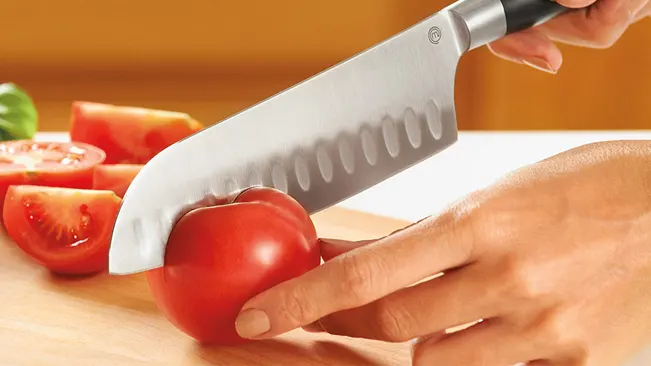
Understanding Your Santoku Knife
The Santoku knife, a cornerstone of Japanese culinary tradition, embodies the essence of precision and versatility. Its name, “Santoku,” translates to “three virtues” or “three uses,” highlighting its proficiency in slicing, dicing, and mincing. This multifunctionality is a testament to its thoughtful design, tailored to meet the demands of a bustling kitchen.
Design and Features
The Santoku knife, known for its efficiency and precision, features a 5 to 7-inch blade with a flat edge for precise cuts and a sheepsfoot profile to minimize puncture risks. Its lighter, thinner design facilitates effortless cutting without sacrificing durability, thanks to high-quality materials like high-carbon steel or ceramic. This blend of design and functionality makes the Santoku knife a favorite for detailed kitchen tasks.
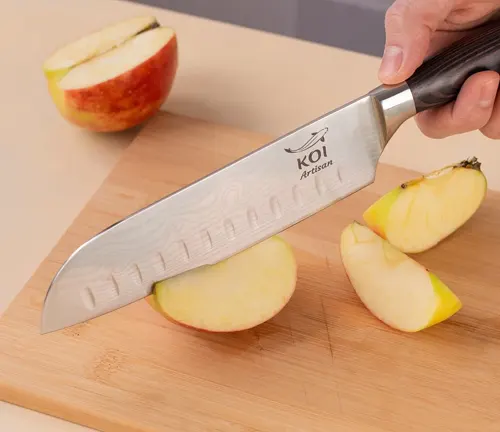
Ergonomics and Balance
One of the hallmarks of the Santoku knife is its ergonomic design. The handle is crafted to fit comfortably in the hand, facilitating a grip that reduces fatigue and increases control. This ergonomic consideration extends to the balance of the knife, with the weight distributed evenly between the blade and handle. Such balance is crucial for tasks that require precision and finesse, as it allows for a natural, fluid motion during cutting.
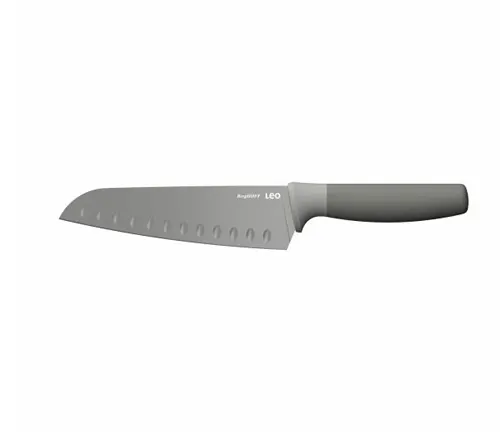
Versatility in Use
The Santoku knife excels in versatility, ideal for chopping vegetables, fruits, and boneless meats with its flat edge promoting uniform slices for better presentation and cooking. Its design favors a chopping motion over rocking, enhancing precision. Additionally, the presence of a Granton edge with hollowed-out grooves prevents food from sticking, ensuring smoother slicing.
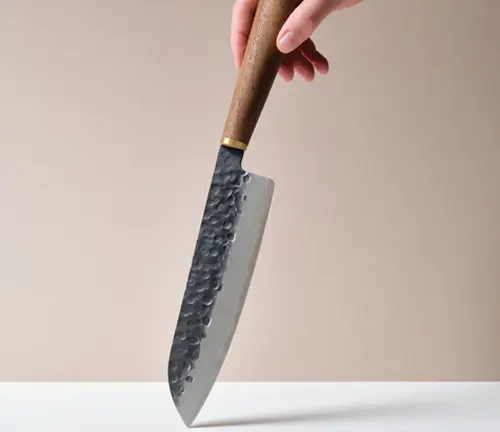
Cultural Significance and Adaptability
Originally from Japan, the Santoku knife has gained international acclaim for its adaptability to various culinary traditions. Its design reflects the Japanese appreciation for precision and minimalism, making it a favorite among chefs who value the aesthetics of their tools as much as their functionality.
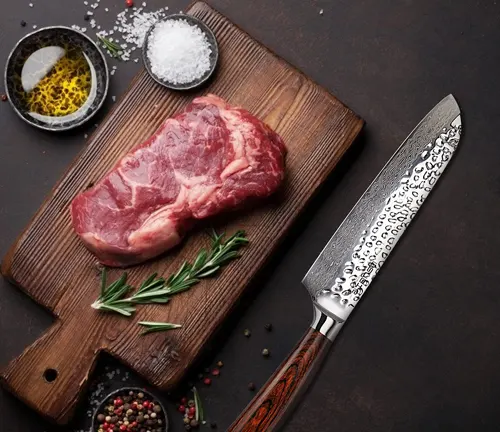
Essential Preparation Techniques
Delving deeper into the essential preparation techniques for using a Santoku knife not only lays the groundwork for culinary success but also ensures the longevity and effectiveness of this versatile tool. Here’s an expanded look at how to master the Santoku through proper grip, maintenance, and storage:
Proper Grip for Enhanced Precision
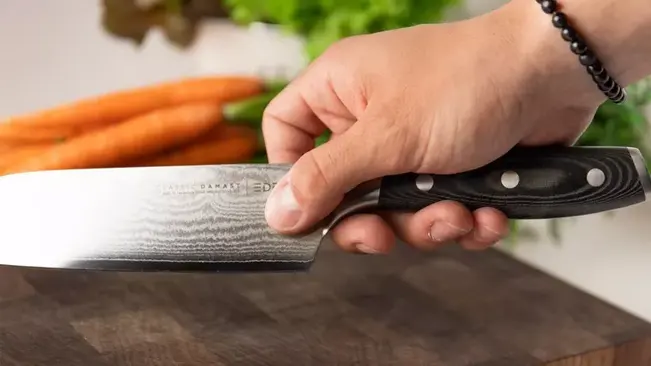
The foundation of skilled Santoku use begins with mastering the grip. This knife demands a specific handling technique to unlock its full potential. The recommended grip involves wrapping the middle, ring, and pinky fingers around the handle, while the thumb and index finger lightly grasp either side of the blade, near its base. This approach, often referred to as the “pinch grip,” offers unparalleled control over the blade, allowing for more precise and delicate cuts. It reduces hand fatigue, enabling the chef to perform extended cutting tasks with ease, and enhances safety by providing stability during use.
Knife Maintenance for Enduring Sharpness
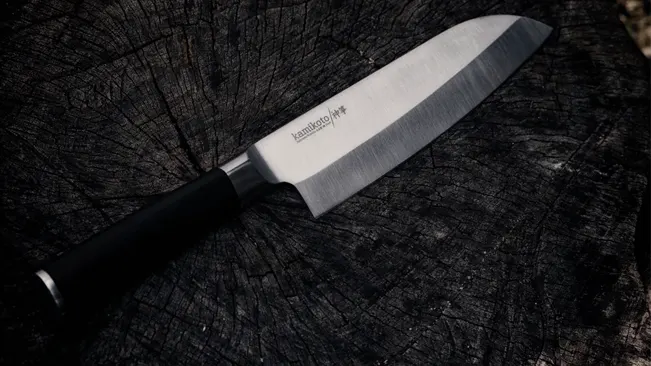
A Santoku knife’s performance is directly linked to its sharpness. Regular maintenance is essential to preserve the blade’s edge and ensure it remains ready for any task. Honing the knife before each use realigns the edge, maintaining its sharpness over time. For more thorough sharpening, a whetstone is recommended. Using a whetstone involves a series of techniques to finely grind and polish the blade, restoring its razor-sharp edge. This process, while requiring some practice, pays dividends in cutting efficiency and is integral to the Santoku knife’s care.
Proper Storage for Longevity
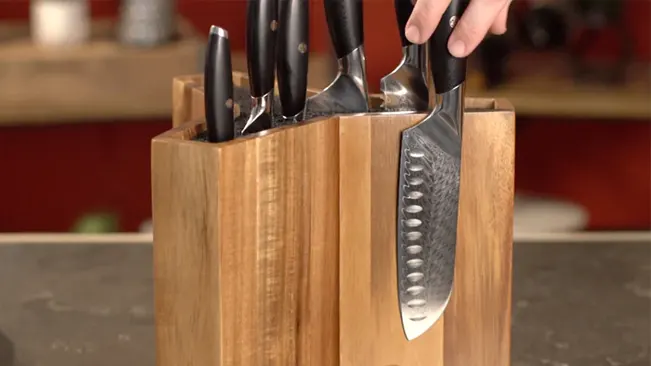
The final step in Santoku knife care is proper storage. To maintain its condition, the knife should be stored in a dry place, away from moisture which can cause rust or damage to the blade. Direct contact with other utensils, especially metal ones, should be avoided to prevent dulling the edge. Options such as knife blocks, magnetic strips, or protective sheaths are recommended to keep the blade safe and preserve its sharpness. This not only extends the life of the knife but also ensures it is always in prime condition for use.
Fundamental Cutting Techniques
Slicing
Slicing with a Santoku knife requires a controlled, downward motion, leveraging the blade’s sharpness for efficient cutting. Begin by securing the ingredient with a claw grip using your non-dominant hand for safety. With minimal pressure, smoothly glide the knife through the food. This technique, ideal for a range of ingredients from vegetables to meats, ensures even slices and preserves the food’s texture, making it perfect for delicate slicing tasks.
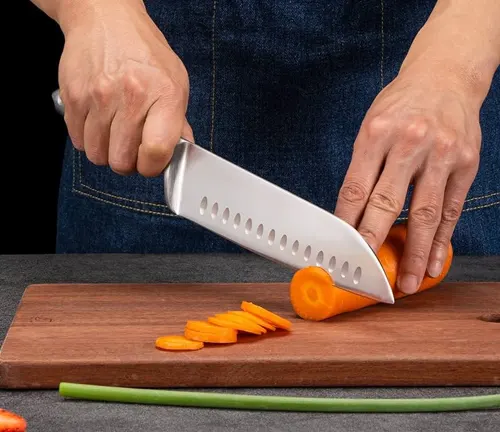
Dicing
Dicing with a Santoku knife involves first slicing the ingredient and then cutting those slices into small, uniform cubes by slicing them again in the opposite direction. This technique ensures even cooking and improves presentation, with the ability to adjust cube sizes from fine brunoise to larger dice. The Santoku knife’s sharp edge and balanced design provide the precision and control needed for effective dicing.
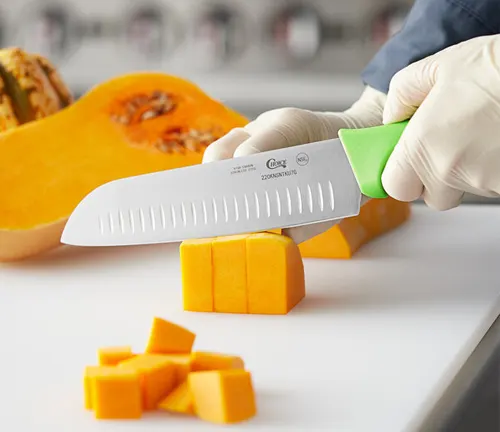
Mincing
Mincing with a Santoku knife involves using a rocking motion to cut food into very small pieces, perfect for garlic, herbs, and aromatics. By anchoring the tip of the knife on the cutting board and pivoting up and down, you can efficiently achieve a fine texture, enhancing the flavor of your dishes. This technique is quick and leverages the Santoku knife’s design for precise control
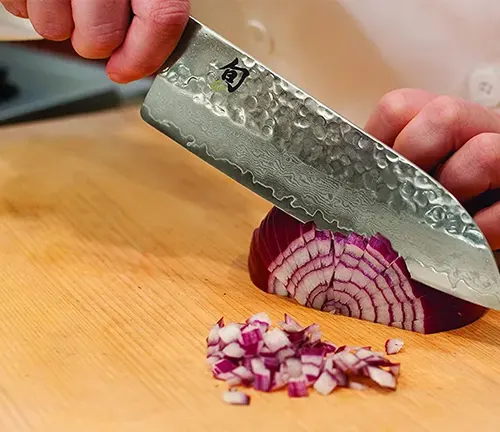
Chiffonade
The chiffonade technique involves rolling leafy greens or herbs into a tight cylinder and slicing them into thin ribbons with a Santoku knife. Ideal for herbs and larger greens, this method produces elegant, visually appealing cuts while preserving the color and structure of the greens, utilizing the precision of the Santoku knife for clean, functional results.
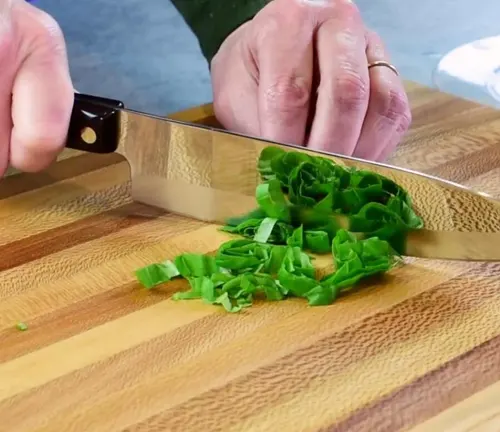
Advanced Techniques and Tips

Exploring advanced techniques and tips for using a Santoku knife can elevate your culinary skills and bring efficiency and artistry to your kitchen practices. Here’s an expanded look at how to leverage these techniques for better results:
Rock Chop Technique
The rock chop is an advanced cutting method that enhances speed and precision, particularly useful for quickly mincing vegetables or herbs. Unlike straightforward slicing, the rock chop involves a continuous, rhythmic motion:
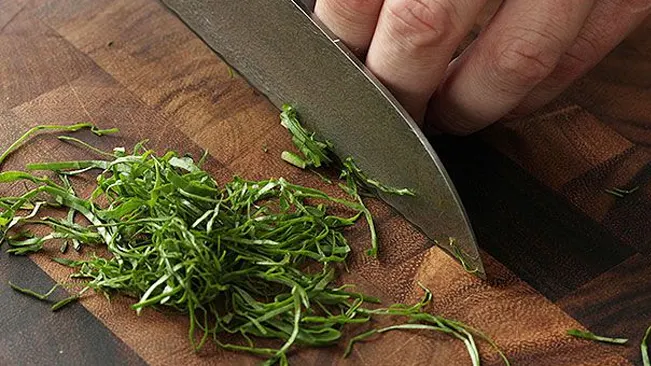
- Positioning the Knife: Start by placing the tip of the Santoku knife on the cutting board at one end of the ingredient.
- Gripping for Control: Hold the knife’s handle with one hand and place the other hand flat on the top edge of the blade’s far end. This ensures stability and control.
- Executing the Rock Chop: With the tip anchored, lift the heel of the knife and bring it down on the ingredients, using a rocking motion. Pivot the knife up and down, moving through the ingredients. The motion is fluid, with the knife’s tip acting as a pivot point.
- Minimizing Movement: Keep the hand placement and the pivot point steady, moving the knife through the ingredients rather than moving the ingredients themselves. This technique is efficient for creating finely minced textures in a short amount of time.
Decorative Cuts for Flair
Adding decorative cuts to your culinary repertoire can significantly enhance the presentation of your dishes. Techniques such as julienne (thin, matchstick-like strips) and brunoise (small cubes) require precision and practice:
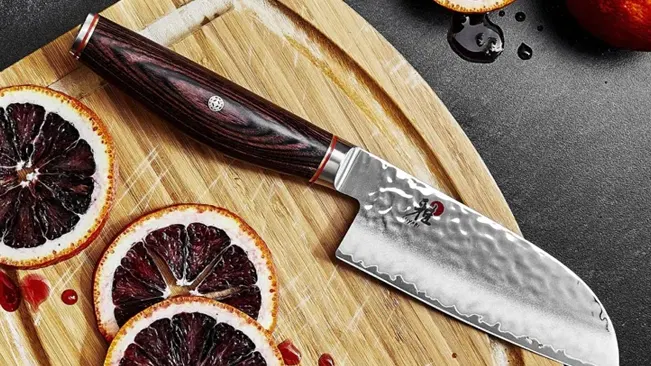
- Julienne Cut: Start by slicing the ingredient into thin, even slices. Stack these slices and cut them into thin strips. The Santoku knife’s sharp edge is perfect for creating these precise, delicate cuts.
- Brunoise Cut: This is often a two-step process starting with a julienne. Once you have your matchstick pieces, gather them and then dice them into small cubes. The uniformity of the cubes is essential for both cooking and presentation.
- Practice and Patience: Achieving these cuts with consistency requires practice. Start slowly to ensure accuracy and safety, gradually increasing your speed as you become more comfortable with the movements.
Safety and Precision
While exploring these advanced techniques, safety should remain a top priority:
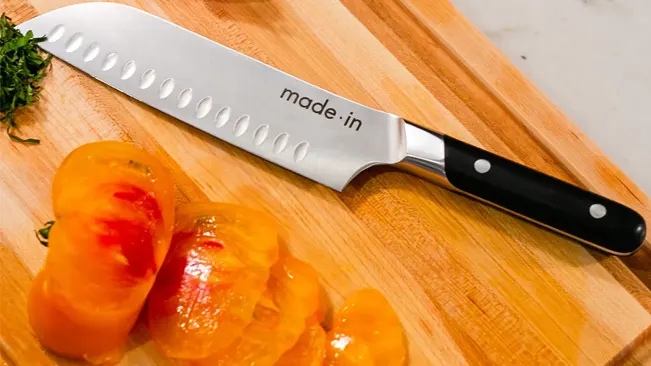
- Stable Cutting Surface: Always use a cutting board that provides stability. A slipping board can lead to accidents.
- Hand Placement: Be mindful of where your hands are at all times. Use the claw grip to hold ingredients, keeping your fingers tucked away from the blade’s path.
- Knife Care: Ensure your Santoku knife is always sharp. A dull knife requires more force, increasing the risk of slipping and injury.
- Focused Attention: Never rush or become distracted while cutting. Precision and safety require your full attention.
Mastering these advanced techniques with your Santoku knife not only improves the efficiency of your food preparation but also brings an element of craftsmanship to your cooking, allowing you to create dishes that are as beautiful as they are delicious. Practice, patience, and attention to safety are key to incorporating these skills into your culinary toolkit.
Conclusion
Mastering the Santoku knife is not just about making cuts; it’s about embracing precision, safety, and creativity in cooking. Through practice, these techniques will become second nature, opening a world of culinary possibilities. Whether you’re a seasoned chef or a home cook, the Santoku knife can elevate your cooking to new heights.
10 FAQs How to Master Your Santoku Knife
- What is the best way to hold a Santoku knife?
The best way is using the pinch grip: hold the handle with your middle, ring, and pinky fingers, while your thumb and index finger grasp the sides of the blade near its base. This grip offers control and reduces hand fatigue. - How often should I sharpen my Santoku knife?
Regular honing before each use is recommended to maintain the edge, with thorough sharpening on a whetstone every few months or when you notice a decrease in performance, depending on use. - What makes a Santoku knife different from a chef’s knife?
A Santoku knife is generally shorter, with a flat edge and a sheepsfoot blade profile, making it better for slicing, dicing, and mincing with a chopping motion, while a chef’s knife often requires a rocking motion for cutting. - Can I use a Santoku knife for meat with bones?
The Santoku knife is best suited for boneless meats. Its design is not intended for cutting through bones, which may damage the blade. - What is a Granton edge, and does my Santoku knife need one?
A Granton edge features hollowed-out grooves along the blade to prevent food from sticking and facilitate smoother slicing. While not necessary, it can enhance the knife’s functionality, especially when slicing sticky or wet foods. - How do I properly clean and maintain my Santoku knife?
Clean your knife with warm, soapy water and dry it immediately to prevent rust. Avoid dishwashers as they can dull the blade. Store it in a knife block, magnetic strip, or sheath to protect the edge. - What are the essential cutting techniques I should learn with my Santoku knife?
Focus on mastering slicing, dicing, mincing, and the push-cut technique. These basic methods will allow you to efficiently prepare a variety of ingredients. - How can I safely practice my cutting techniques?
Start by practicing on softer foods like fruits or vegetables, maintaining a claw grip with your non-cutting hand to keep fingers tucked away safely. Go slowly until you feel comfortable and confident in your skills. - Why is my Santoku knife getting dull quickly?
This could be due to improper use, such as cutting on hard surfaces, or lack of maintenance. Ensure you’re using a suitable cutting board (wood or plastic) and regularly honing the knife. - Can a Santoku knife be used by both left- and right-handed cooks?
Yes, the Santoku knife’s symmetrical blade makes it suitable for use by both left- and right-handed individuals, offering versatility and comfort for all users.
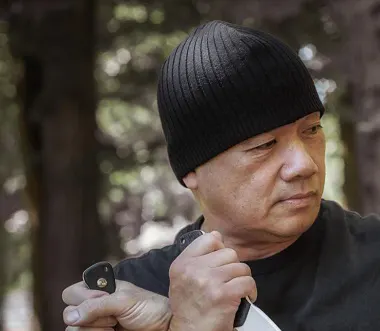
Kerith Simon
As an expert with over ten years of dedicated experience in knife defense, my professional journey is anchored in a profound commitment to the safety and empowerment of individuals through specialized education. My expertise is not only grounded in practical self-defense techniques but also extends to a scholarly understanding of knife functionality, which I have meticulously documented in my authoritative series, This work stands as a testament to my deep engagement with the subject, offering readers critical insights into the nuances of knife selection and usage across various contexts. My approach to teaching and content creation is informed by a rigorous methodology and a continuous pursuit of knowledge, ensuring that the strategies and insights I provide are both effective and scientifically sound. Through a combination of hands-on workshops, comprehensive seminars, and well-researched publications, I strive to elevate the standard of knife defense education, making it accessible and reliable for those seeking to enhance their security and proficiency in this essential skill.

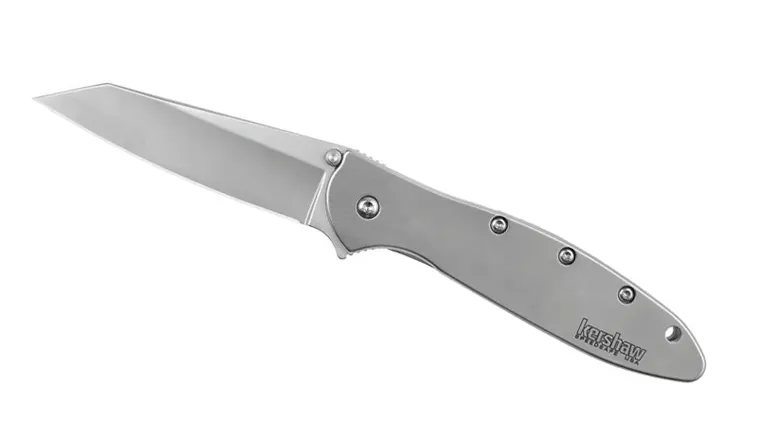

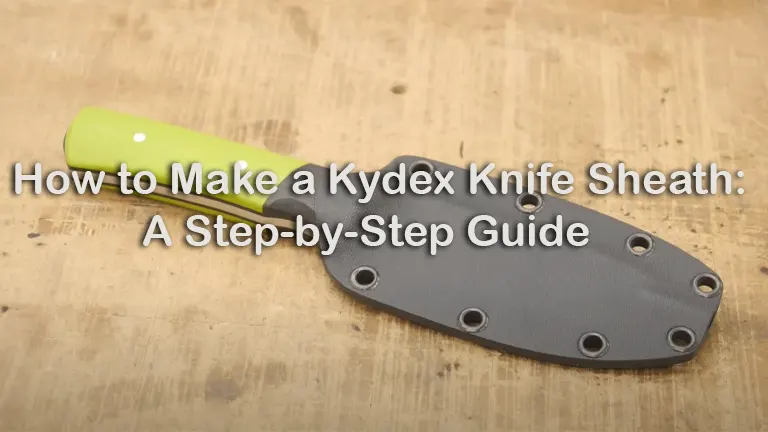
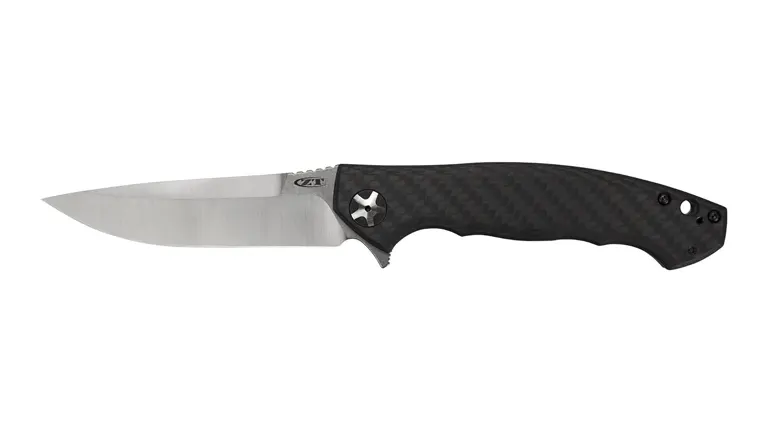


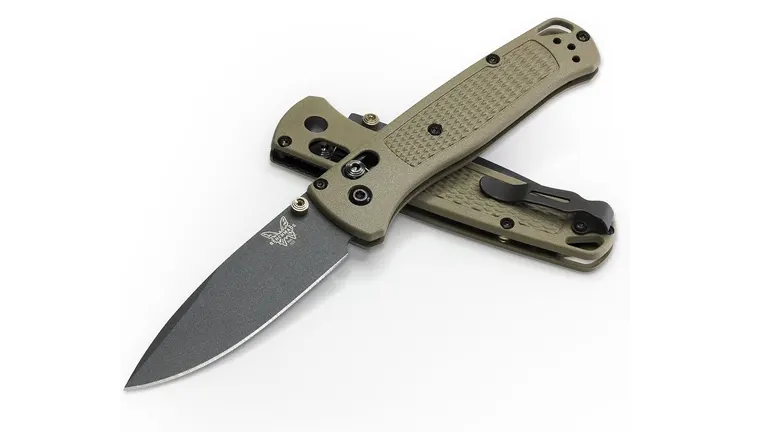
Leave your comment